What Are Chemical Pipelines?
Chemical pipelines refer to the network of pipes used to transport various chemicals, from raw materials to finished products, across a production facility or between locations. These pipelines are an integral part of the chemical industry, as they facilitate the movement of substances like acids, alkalis, solvents, oils, gases, and other potentially hazardous materials. Since many chemicals are reactive, flammable, or toxic, the materials used for these pipelines must be carefully selected to withstand the specific properties of the chemicals being transported.
Understanding Chemical Pipes
Chemical pipes are the backbone of any industrial chemical process. They need to provide reliable and safe transportation of chemicals under high pressure, extreme temperatures, and potentially harsh conditions. The selection of material for chemical pipes depends on several factors, including:
1. Chemical Compatibility: The material of the pipe must be resistant to the chemical reaction or corrosion caused by the substances it carries. For example, when transporting hydrochloric acid, materials like PVC or CPVC might be chosen for their resistance to corrosion.
2. Temperature and Pressure Resistance: Chemical pipelines often operate in environments with varying temperature ranges. For high-temperature applications, materials such as stainless steel or specialized alloys might be required. Similarly, for pipelines that will experience high pressure, materials that maintain their structural integrity under pressure are crucial.
3. Mechanical Strength: The mechanical strength of the pipe material ensures that it can handle the stresses and mechanical forces experienced during operation, including the weight of the pipeline itself, the pressure of the fluid inside, and potential impacts.
The Role of Chemical Resistant Pipe
A chemical resistant pipe is designed specifically to resist the corrosion and damage caused by aggressive chemicals. These pipes are essential in ensuring the safe and efficient transport of corrosive liquids and gases without the risk of failure or leakage, which could lead to environmental disasters, safety hazards, or costly downtime.
Pipeline design and material selection
I. Basic material types of chemical pipelines
Chemical pipelines should be designed based on the principles of temperature, pressure, medium, material performance and economic rationality. The basic materials used for pipelines are: ordinary low-alloy steel, lined steel pipes, non-ferrous metal steel, cast iron, carbon steel, stainless steel, non-metallic and alloy steel.
Under the pressure of the medium, the pipeline must have sufficient mechanical strength and reliable sealing. The pipeline material and connection form must be able to withstand the working pressure value of the medium, especially the high-pressure pipe, which will vibrate when subjected to the medium pressure.
II. Material selection in chemical pipeline design
(I) Principles of chemical pipeline material selection
In the selection of chemical pipelines materials, it is necessary to comprehensively consider the inspection, heat treatment and welding of materials, as well as the later production and installation, and to ensure the safety of transportation work. Special materials will design safe and effective transportation methods according to the medium and special characteristics. For example: for corrosive transportation materials, it is necessary to test the corrosion range of the material and enhance the transportation requirements of corrosion resistance. It is best to use temperature shock test to better measure the applicable standards of chemical pipelines.
(II) Selection of pipeline materials
In the design of chemical pipelines, the parameters of the materials must be clearly analyzed, and the correct parameters of the pipeline must be selected according to the medium parameters. In the selection of materials, the mechanical properties, chemical properties and physical properties must be comprehensively considered for reference and selection, and the economy and ease of maintenance of the materials should be considered.
III. Selection of pipeline materials under different use conditions
(I) Heat resistance
The heat-resistant pipeline material requires a chemical material that can withstand high temperatures and thermal shocks. In order to ensure the safe transportation of chemical pipelines materials, this material must have high corrosion resistance and oxidation resistance. As an important transportation route in chemical production, the oxidation resistance of high-temperature steel pipes can prevent chemical substances from being infiltrated by harmful and toxic liquids or gases during transportation, improve safety issues in the chemical production process and prevent accidents. At present, the oxidation resistance of chemical pipelines is to cover the surface of the steel pipe with carbon elements to achieve the oxidation resistance.
(II) Low temperature resistance
In a low temperature environment of -20℃~-196℃, the selection of chemical pipeline should be based on the actual temperature to select the appropriate chemical pipeline material. For example: in an environment with a low temperature of -20℃ to -40℃, carbon steel pipe materials cannot be used; in a low temperature environment of -40℃ to -70℃, low alloy steel pipe materials cannot be used; in an environment with a temperature below -70℃, alloy steel pipe materials cannot be used.
In general, when the temperature begins to drop below 0℃, the toughness of ferritic steel will drop significantly, and on the contrary, the brittleness will increase. Therefore, in order to ensure the safety of chemical substances during transportation, the material and low temperature resistance of the pipeline must be considered.
(III) High temperature materials
There are several aspects to consider in the selection of high temperature materials:
1. In different temperature environments, the change in the strength of the chemical pipeline material is inversely proportional or directly proportional to the plastic properties.
2. The strength of the pressure bearing of the pipeline material over time;
3. The strength of the tensile force of the pipeline material at different temperatures;
4. The corrosiveness of the pipeline material changes with the change in temperature.
In the production process, when the temperature reaches 350℃, it is classified as a high temperature environment. In this case, the pipeline material will be subject to a certain degree of accelerated corrosion. Therefore, for pipelines working in high temperature environments, the materials of the pipelines are required to have certain high temperature resistance requirements. Generally speaking, pipeline materials have their maximum high temperature limits. For example, the high temperature tolerance limit of carbon steel is 425℃. When the temperature reaches 425℃, carbon steel is very likely to graphitize. Therefore, adding an appropriate amount of alloy elements is to prevent this from happening and enhance the stability of carbon materials.
(IV) Special media
1. Selection of plastic lining materials
The operating temperature of the plastic lining of the pipeline is generally not higher than 120℃. In the selection of plastic linings, polytetrafluoroethylene and polypropylene are mainly used, so the environment and temperature should be taken into consideration in the selection of materials to prevent the use of benzene dissolving media.
2. Selection of caustic soda alkali liquid pipeline materials
For the selection of caustic soda alkali liquid pipe materials, attention should be paid to the influence of corrosive media and tensile stress. Once the pipe material is not selected correctly, the pipeline will rupture. In order to ensure the safety of the chemical production process, the concentration and temperature of sodium hydroxide must be controlled within an appropriate range. Under certain conditions, caustic soda alkali pipelines can cause stress corrosion cracking (alkali embrittlement) of carbon steel materials. Factors that affect stress corrosion cracking of carbon steel include alkali concentration, temperature, and residual stress in the material.
Generally, it is stipulated in the design that when the concentration and temperature of NaOH exceed the following regulations, the weld should be subjected to stress relief heat treatment.
Alkali concentration (%) 5 10 15 20 30 40 50 60 Temperature (℃)
85 76 70 65 54 48 43 40
When the concentration and temperature of NaOH exceed the following regulations, nickel-containing alloys should be considered:
Alkali concentration (%) 10 20 30 40 50 Temperature (℃)
105 110 97 82 77
3. Selection of sulfuric acid pipeline materials
Sulfuric acid is a highly corrosive and unique medium, and it is widely used as a very important industrial raw material. Of course, the different concentrations and temperatures of sulfuric acid will cause the corrosiveness of the material to change to varying degrees. A sulfuric acid solution with a mass fraction greater than or equal to 70% is called concentrated sulfuric acid. Concentrated sulfuric acid has special properties such as dehydration, strong oxidizing, strong corrosiveness, low volatility, acidity, and water absorption when the concentration is high. This is the main difference between it and ordinary sulfuric acid. Although carbon steel and cast iron have good corrosion resistance, these two materials are difficult to withstand high-speed sulfuric acid transportation. Even if special stainless steel is used, its high-speed transportation capacity is limited according to the medium use of sulfuric acid. In order to ensure the integrity of the protective film in the pipeline and not be destroyed by it, it is necessary to control the flow rate of sulfuric acid within a reasonable range. The same is true for the transportation of sulfuric acid according to temperature, and the selection of pipeline material models can be made according to actual conditions. Carbon steel: concentrated sulfuric acid, use 904L at room temperature: any concentration of sulfuric acid, use 316L at room temperature: concentrated sulfuric acid, use high silicon stainless steel at room temperature: concentrated sulfuric acid, use at high temperature Impurities will have a great impact on the pipeline material, and the valve generally uses steel-lined PTFE.
4. Selection of oxygen pipeline materials
For the selection of pipeline materials for the transportation of oxidizing media, stainless steel and carbon steel are generally used as the main preferred pipeline materials. In the design of the pipeline, temperature and pressure should also be considered. Oxygen has a combustion-supporting effect. When mixed with other gases, once it is subjected to external pressure during transportation, it is easy to cause accidents. Therefore, the selection of oxygen pipeline materials should be cautious, and the factors affecting the actual working environment of the pipeline must be considered. Not only that, but also the selection of valve materials for oxygen delivery pipelines should be considered, and the actual pressure and other influencing factors in the actual delivery work should be considered. Nowadays, stainless steel is the best choice as a valve material.
5. Selection of hydrochloric acid pipeline materials
Hydrochloric acid is a strong reducing acid and a highly corrosive medium. In contrast to non-metallic materials, most metal pipeline materials are not resistant to hydrochloric acid corrosion. Most non-metallic materials have strong corrosion resistance to hydrochloric acid. Therefore, the best choice for transporting hydrochloric acid is to select rubber pipes and plastic pipes with inner linings.
There are several types of chemical resistant pipes used in the industry
1. PVC (Polyvinyl Chloride) Pipes: These are widely used for transporting a variety of chemicals, including acids and alkalis. PVC pipes offer excellent corrosion resistance and are suitable for lower temperature applications.
2. PTFE (Polytetrafluoroethylene) Lined Pipes: PTFE is known for its exceptional chemical resistance, even at high temperatures. PTFE-lined pipes are often used in applications where the pipeline must withstand very aggressive chemicals like concentrated acids or solvents.
3. Stainless Steel Pipes: Stainless steel, particularly alloys like 316L and 904L, are used for high-temperature and high-pressure applications. Stainless steel is resistant to many chemicals, including sulfuric acid, and is highly durable in industrial environments.
4. HDPE (High-Density Polyethylene) Pipes: HDPE pipes are used for their flexibility and resistance to chemicals like oils, acids, and some solvents. They are commonly used in both underground and above-ground pipelines.
5. Fiberglass Pipes: Fiberglass reinforced plastic (FRP) pipes are another example of a chemical resistant pipe. These pipes are highly resistant to corrosion, lightweight, and ideal for handling a wide range of aggressive chemicals.
Factors to Consider When Choosing Chemical Pipelines
When selecting the appropriate chemical pipelines for a particular application, several critical factors must be taken into account:
1. Chemical Composition: The type of chemicals being transported plays a significant role in material selection. Some chemicals are highly corrosive and require specialized materials like Teflon or special alloys to prevent damage to the pipeline.
2. Temperature and Pressure Conditions: Temperature and pressure can affect the performance of chemical pipes. For instance, materials like polyvinylidene fluoride (PVDF) or polypropylene are better suited for lower temperatures, while high-pressure environments might require materials like stainless steel or other high-performance alloys.
3. Environmental Conditions: The environment where the pipeline operates also influences material selection. For example, pipelines exposed to outdoor conditions may need additional protection against UV degradation, while pipelines used in underground installations must resist soil pressure and chemical exposure.
4. Cost vs. Performance: Budget constraints may also influence the selection of chemical resistant pipes. While materials like titanium or high-grade stainless steel offer superior performance, they can be cost-prohibitive for some applications. On the other hand, materials like CPVC and PVC provide a cost-effective solution while still offering a high level of resistance to certain chemicals.
5. Maintenance and Longevity: The ease of maintenance and the expected lifespan of the pipeline are also important considerations. Materials that require less maintenance or have a longer service life can result in lower total operational costs over time.
The proper selection of chemical pipelines, chemical pipes, and chemical resistant pipes is crucial in ensuring the safe and efficient transport of chemicals within industrial settings. By considering factors such as chemical compatibility, temperature and pressure resistance, mechanical strength, and cost, industries can choose the best materials for their specific needs. Whether you’re designing a new pipeline system or upgrading an existing one, choosing the right material will help minimize risks, reduce maintenance costs, and extend the lifespan of your pipeline network.
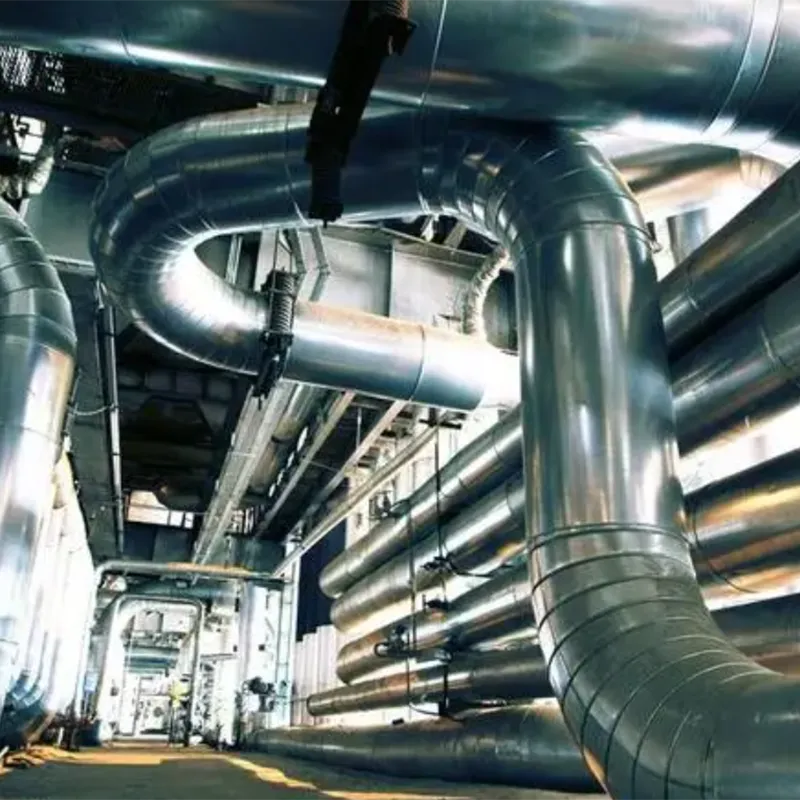
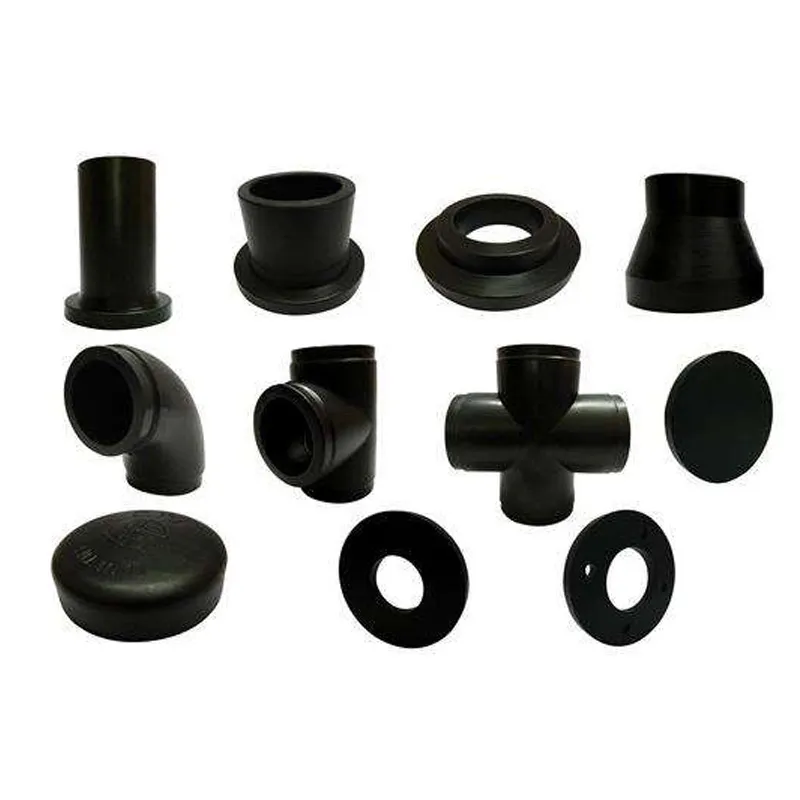
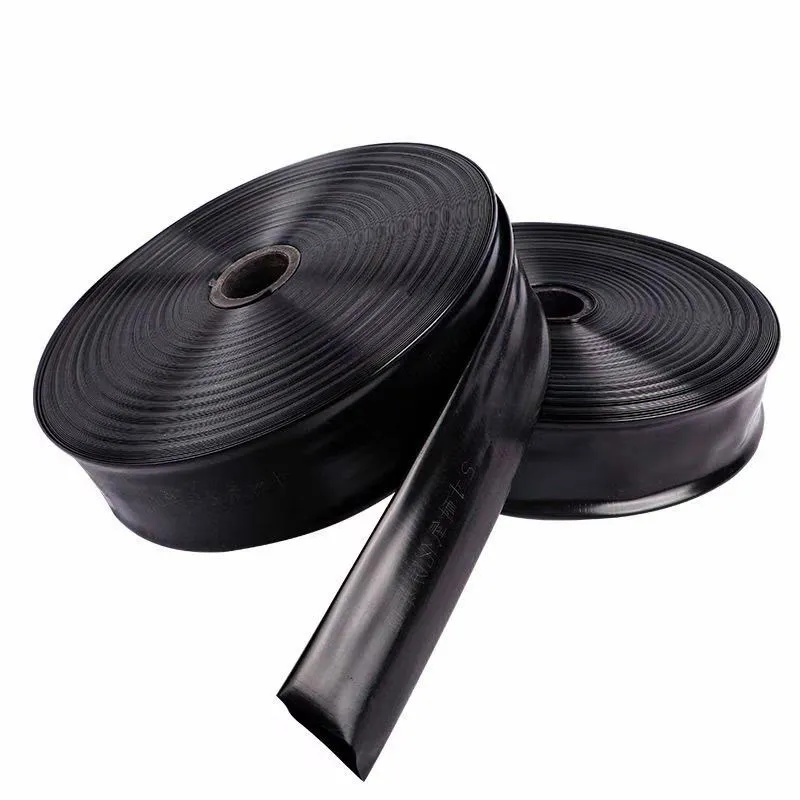
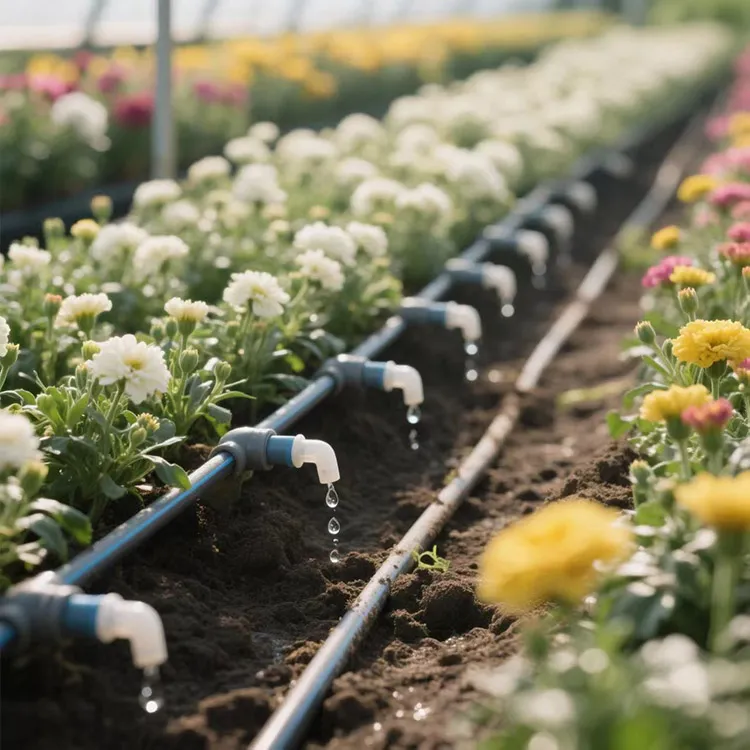
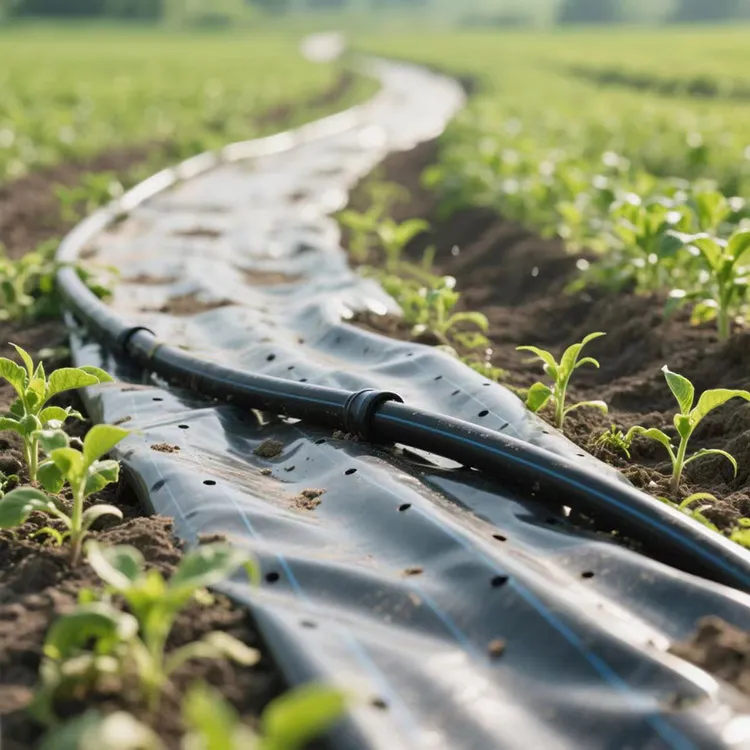
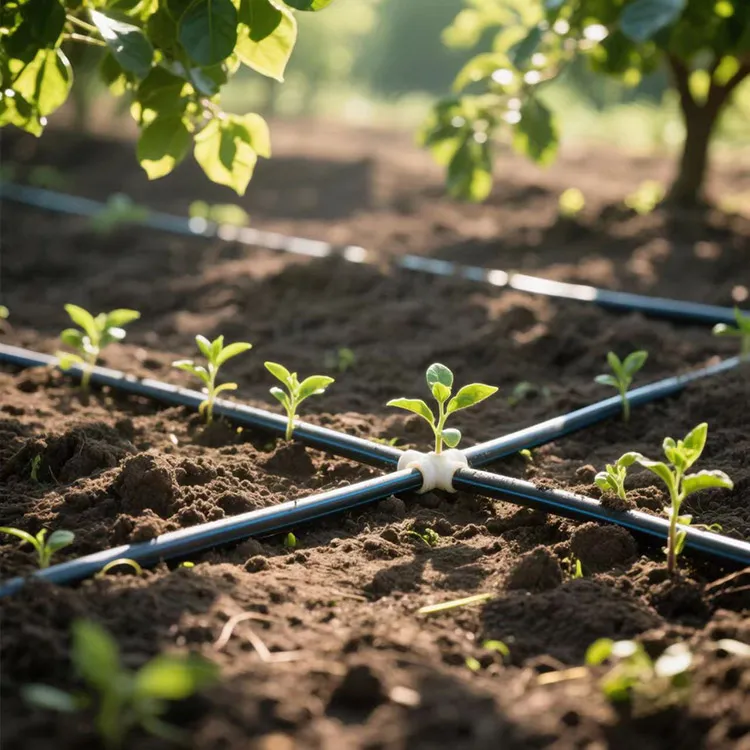
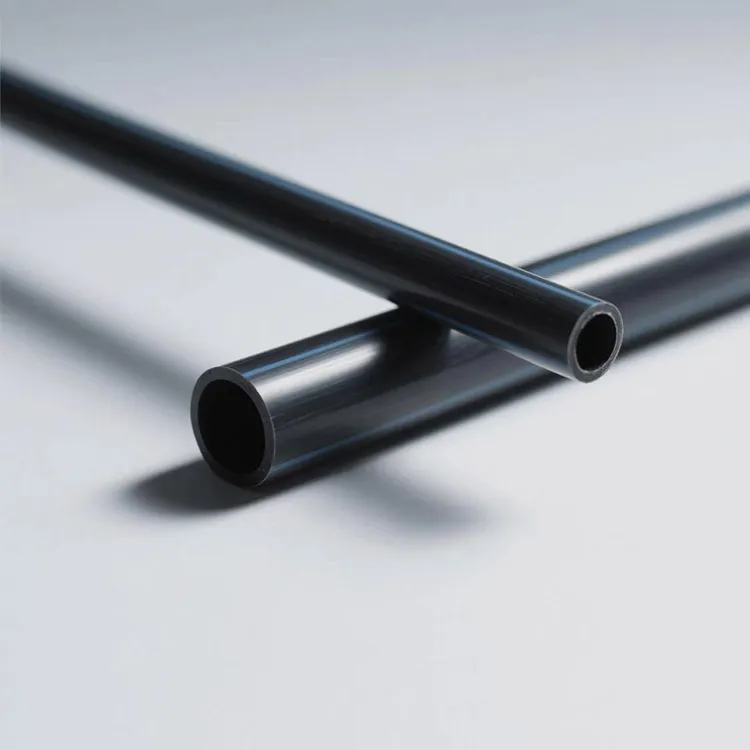
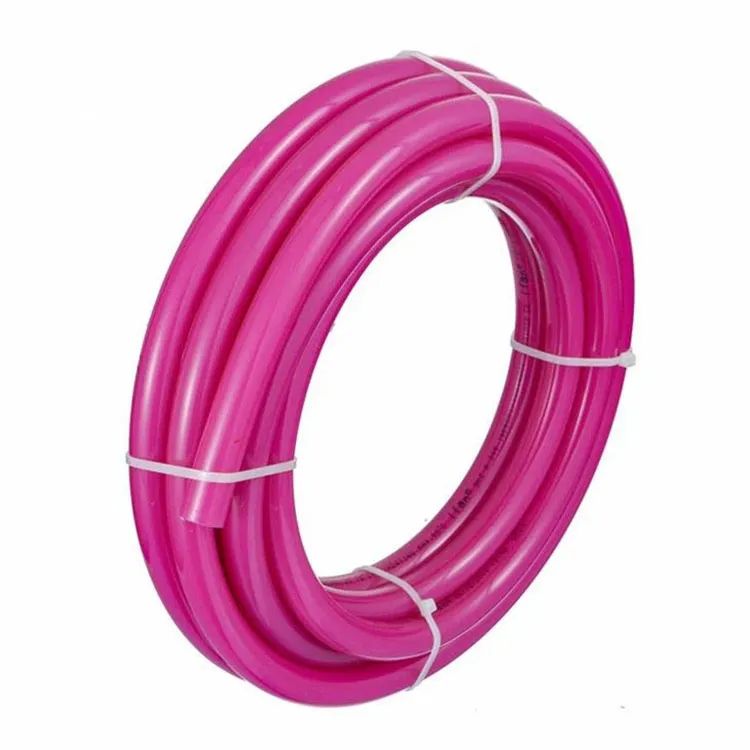
294.webp)
476.webp)
420.webp)
146.webp)
460.webp)
287.webp)
274.webp)


